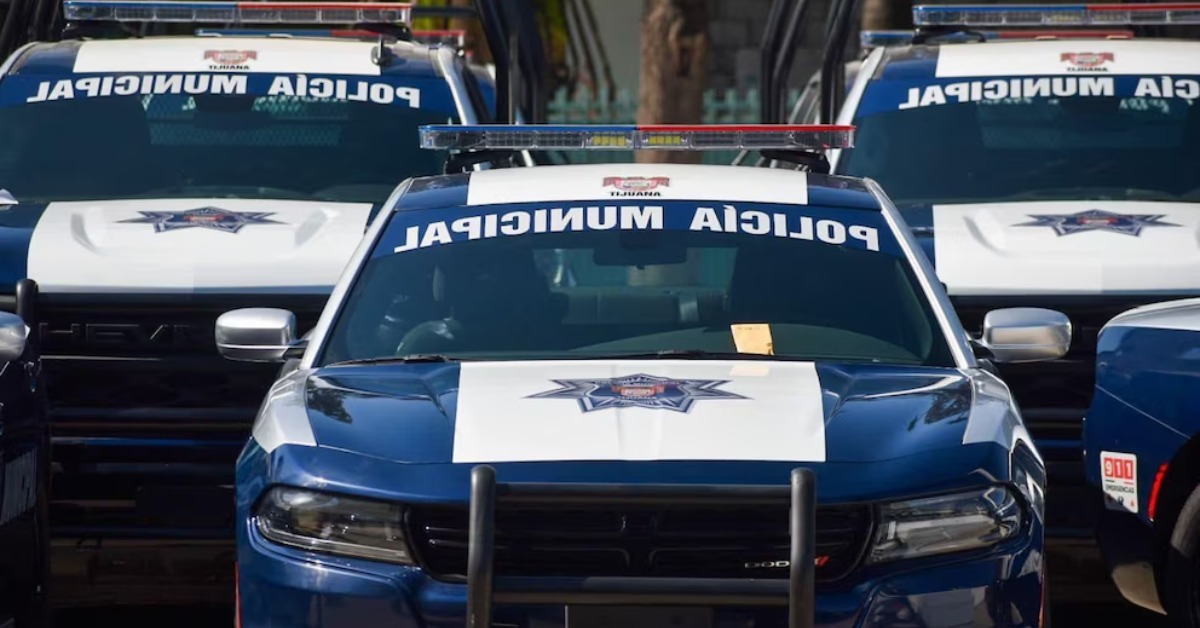Security forces coordinate to curb the Playas de Tijuana homicide surge as rival groups exploit gaps in drug checkpoints . . .

Security forces coordinate to curb the Playas de Tijuana homicide surge as rival groups exploit gaps in drug checkpoints . . .
